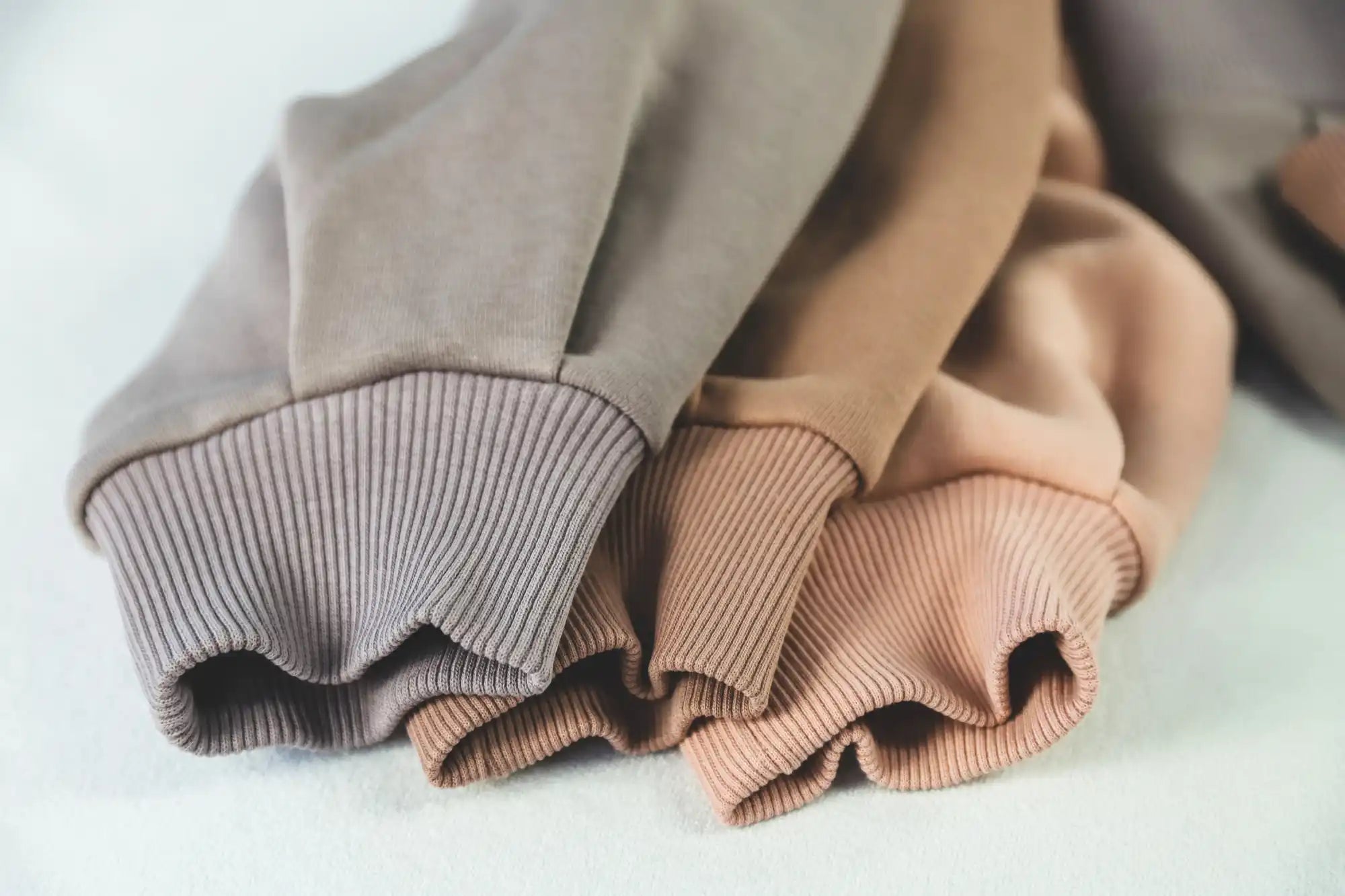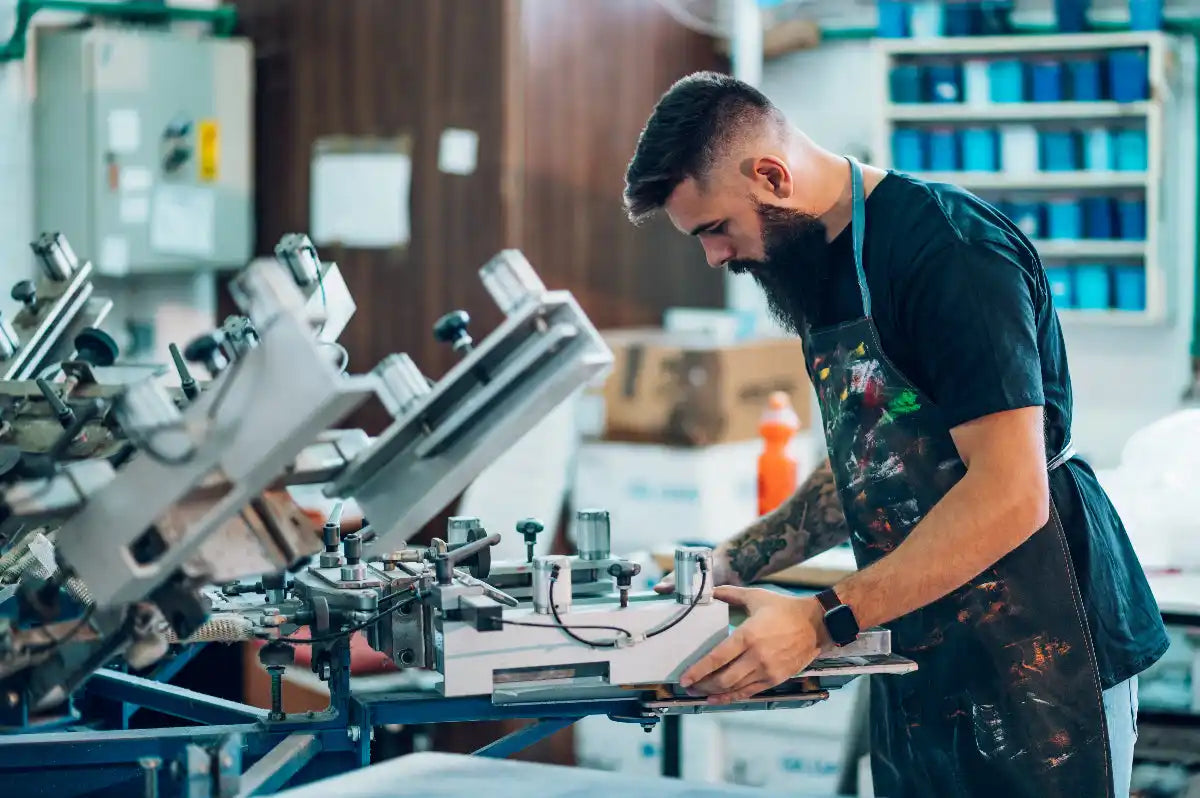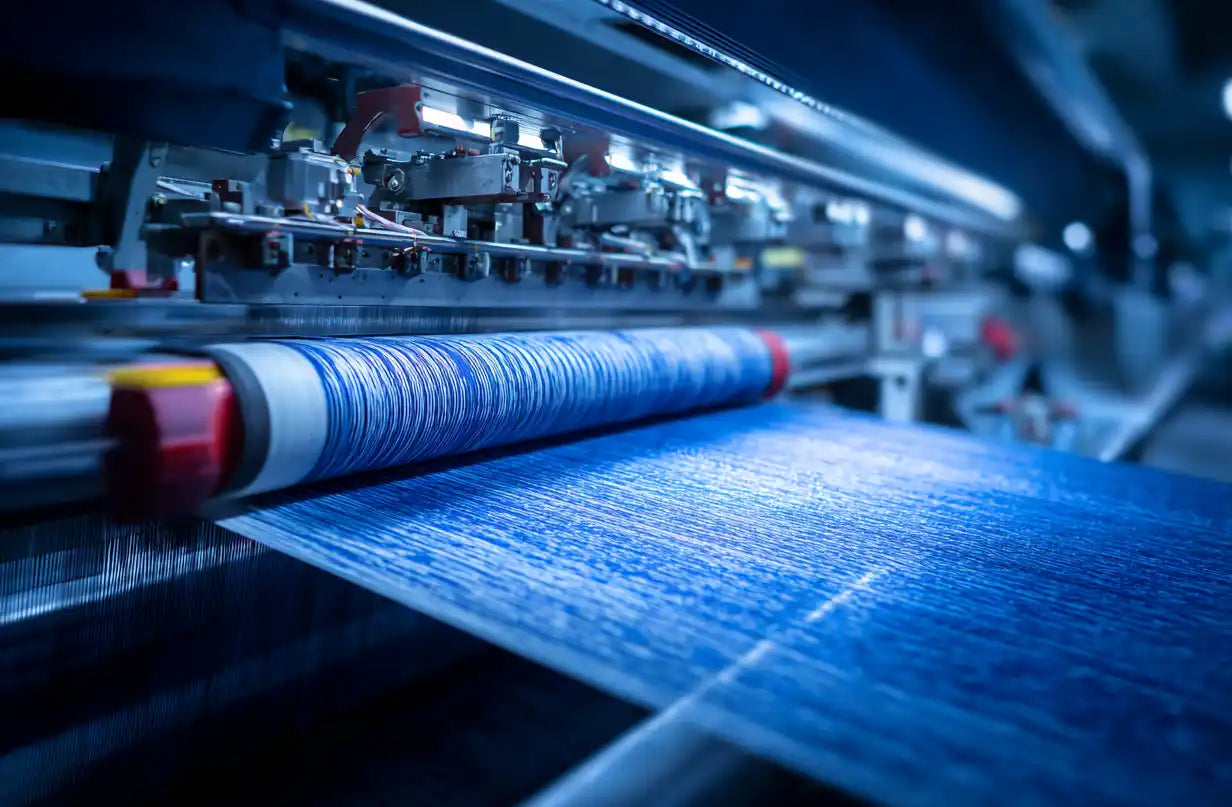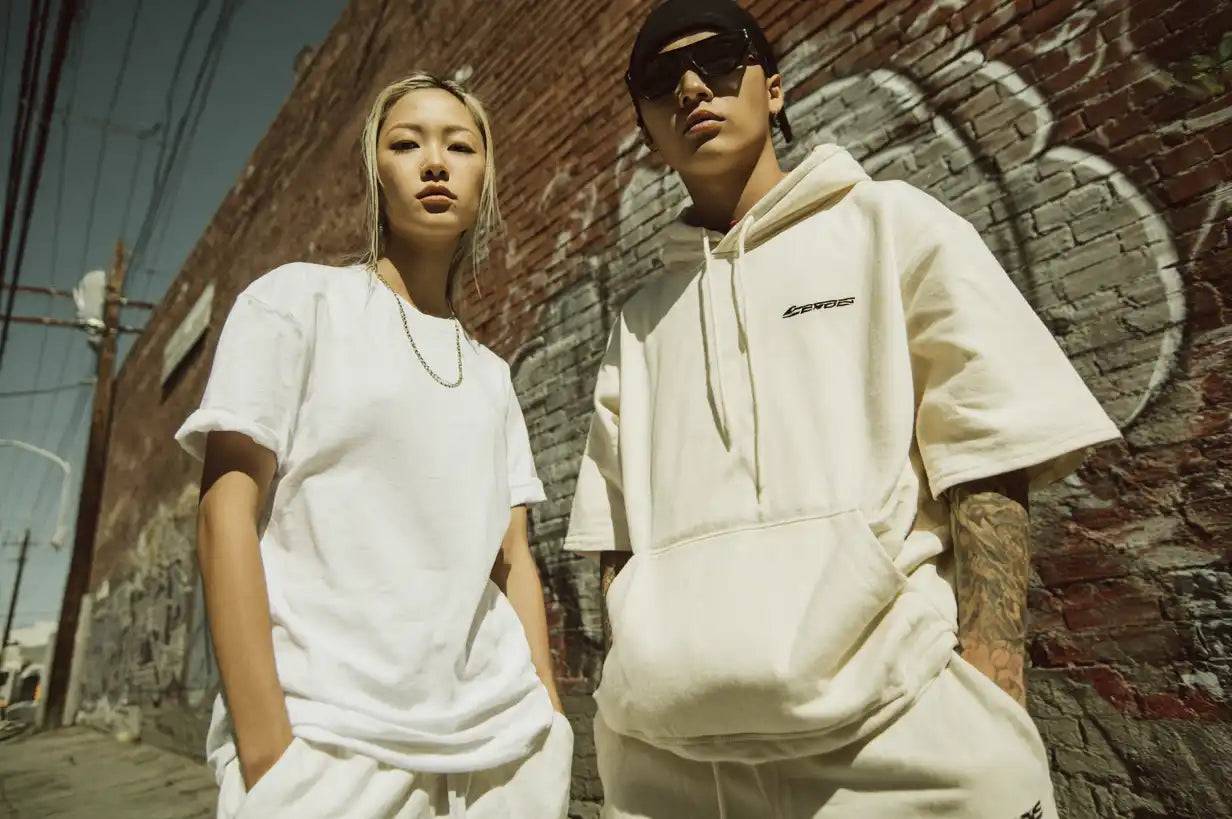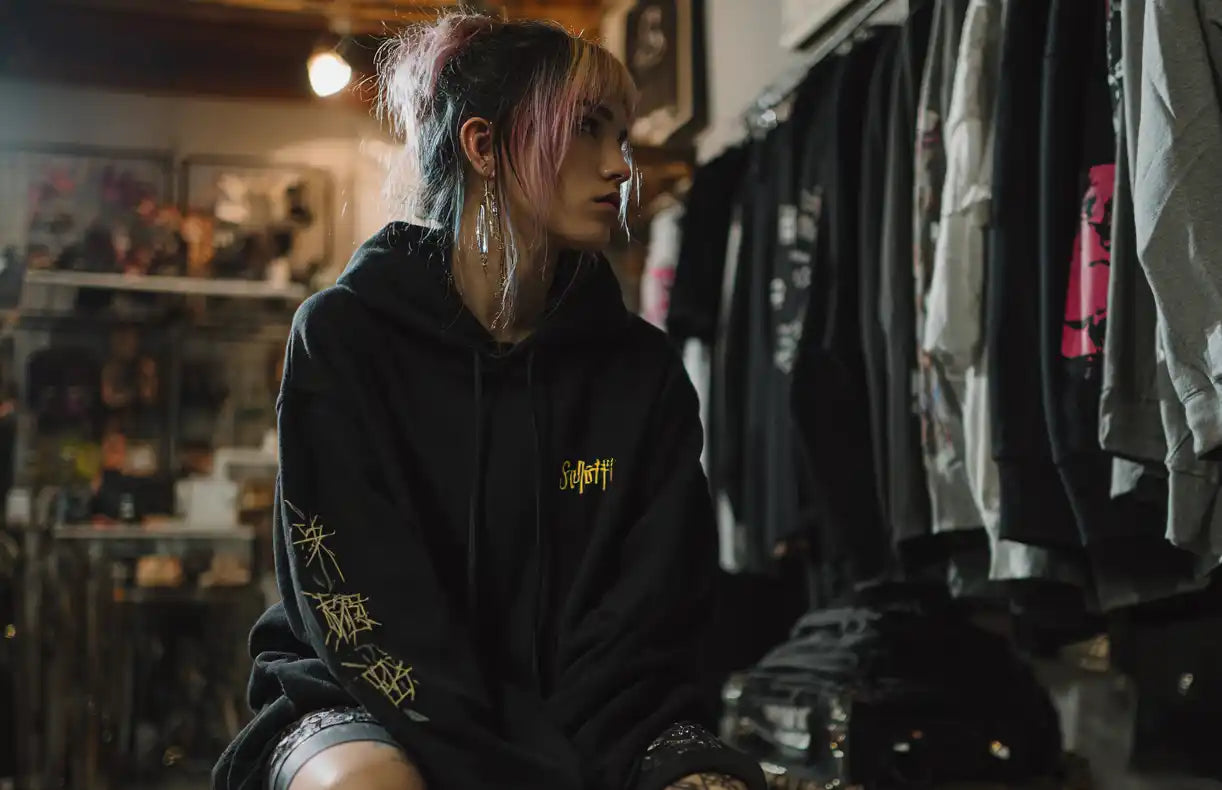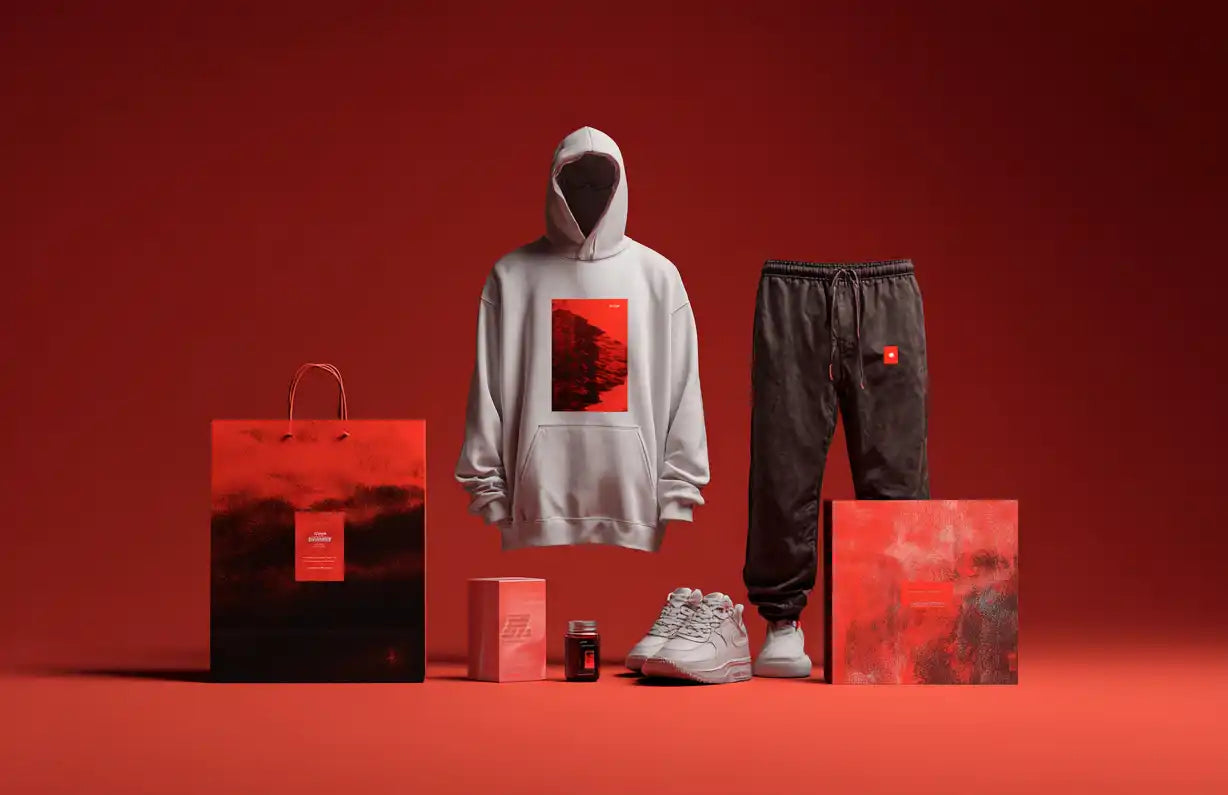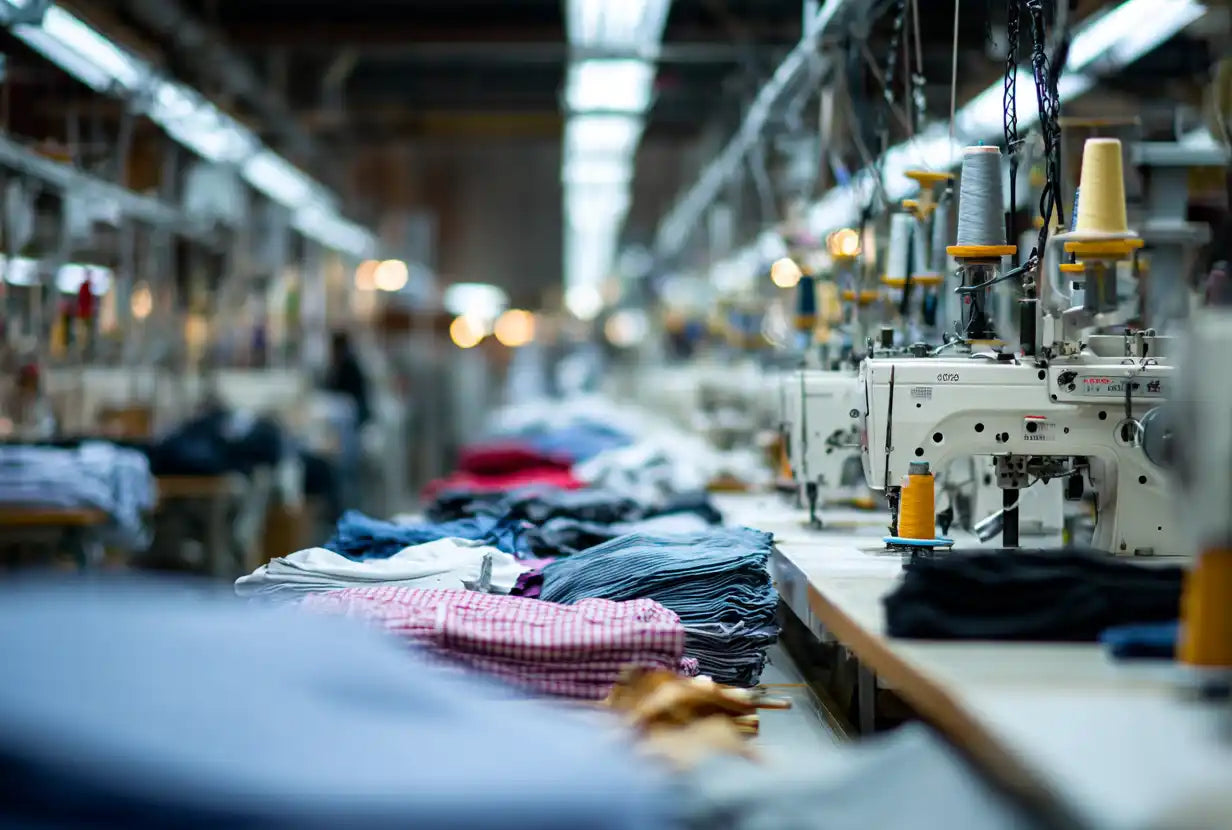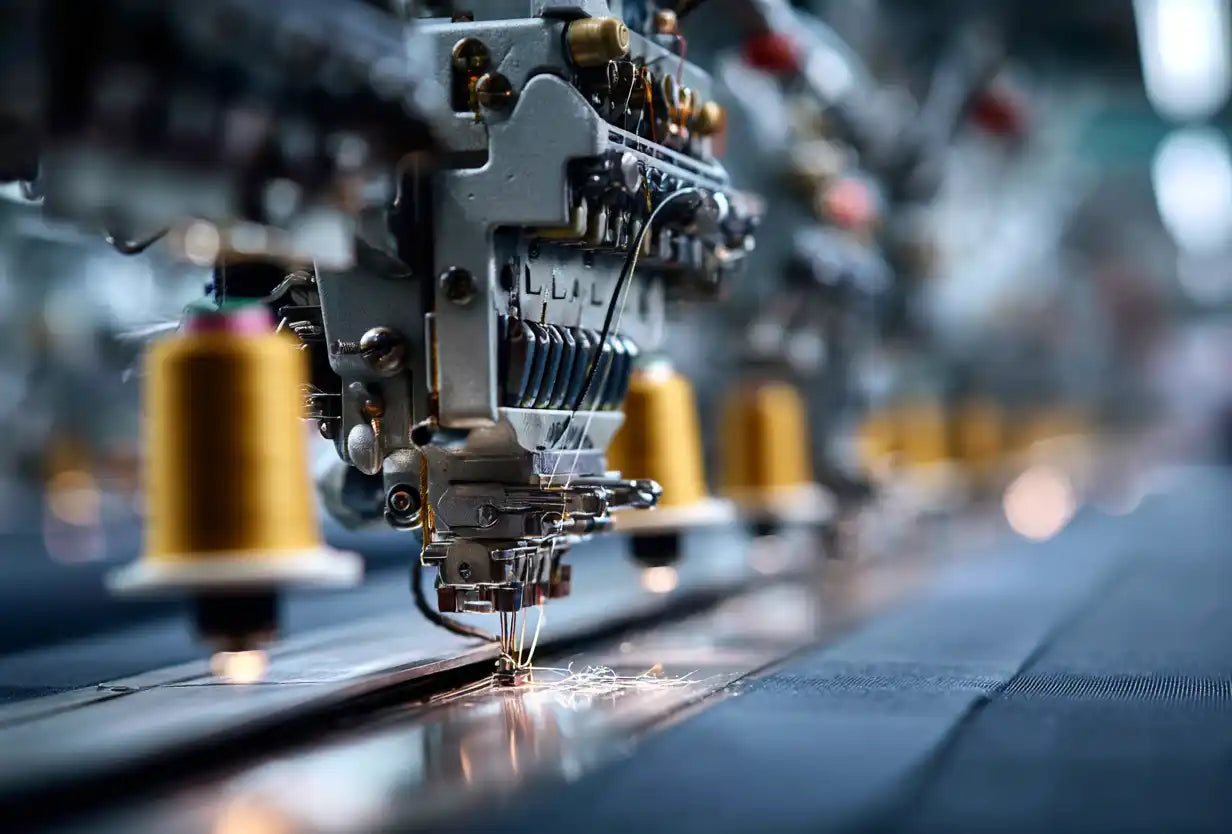The Ultimate Guide to Custom Workout Shorts with Inner Liners

Product sample image — replace with your uploaded Shopify asset.
Overview
Workout shorts with integrated inner liners have become a staple of modern athleisure. They marry compression-like support with breathable construction, enabling reliable performance during training while remaining comfortable for everyday wear. Built-in liners reduce the need for separate base layers, minimize fabric friction, and streamline a brand’s product assortment—boosting perceived value and often allowing higher price positioning.
At Athleisure Basics, we specialize in designing and producing custom workout shorts—pairing technical fabrics with ethical Portuguese manufacturing. Our service offerings include tech-pack development, sample runs, low-MOQ production, and certified fabric sourcing to support sustainability claims and consistent quality control.
Why Inner Liner Shorts Are So Popular
Liners deliver practical benefits across user groups: they prevent chafing, stabilize fit, improve moisture management, and provide additional coverage. In 2025, consumer demand is driven by a desire for multi-functional apparel—pieces that perform in the gym and fit seamlessly into daily life.
Brands see liners as a differentiator: a lightweight mesh liner can reduce overheating for runners, while a compression liner improves stabilization for weight training. Liner selection therefore directly impacts target use-case, durability, and overall consumer satisfaction.
Market Trends & Demand Signals (2025)
The European activewear market continues steady growth, driven by hybrid work and wellness culture. Lined shorts now represent a meaningful and expanding segment—consumers search for comfortable, sustainably produced shorts with clear technical benefits. Producing in Portugal supports those claims with accessible certifications and traceable supply chains.
Key consumer drivers include:
- Anti-chafe and comfort features suitable for long wear
- High-performance moisture-wicking technologies for extended training sessions
- Secure fit and retention during dynamic movement
- Minimalist design that transitions to casual use
Types of Workout Shorts with Liners
Compression-Integrated Shorts
Tight-fitting shorts with a built-in compression liner are ideal for HIIT and cycling where muscle support and reduced vibration matter. Compression liners use higher elastane percentages and tighter knits.
Mesh Liner Shorts
These use airy mesh liners that prioritize ventilation—perfect for long runs or hot-weather training. Mesh constructions wick moisture away from the skin and dry quickly.
Hybrid Dual-Fabric Shorts
Combine a woven outer (nylon or recycled polyester) with a stretch liner for structure and comfort. Hybrid designs balance durability with freedom of movement and are excellent for multi-sport collections.
Boxer-Style Liner Shorts
Boxer-style liners favor casual comfort and everyday wear while maintaining athletic features. They’re a common choice in lifestyle-focused athleisure ranges.
Key Fabric Options & Performance
Choosing the right fabrics is essential to liner performance. Fabric choices influence breathability, durability, stretch, and sustainability credentials.
Common Outer Shells
Recycled polyester blends offer excellent moisture control, lightweight hand-feel, and durability. Nylon/spandex blends excel in abrasion resistance and stretch recovery—useful for cross-training shorts.
Inner Liner Materials
Inner liners are typically constructed from micro-mesh, compression knits, or soft boxer-style jersey. Mesh increases airflow; compression knits improve support; boxer jerseys prioritize comfort and reduced seams.
For certified sourcing, prefer OEKO-TEX®, GRS, or Bluesign® materials to support product claims and reduce purchasing friction for eco-conscious customers.
Manufacturing & Customization in Portugal
Portugal offers a highly capable manufacturing ecosystem for mid-scale brands. Advantages include EU regulatory compliance, skilled technicians for technical sewing, and reduced lead times to major European markets. Many Portuguese mills have invested in renewable energy and environmental management systems—helping brands meet sustainability goals.
Recommended production steps:
- Develop a clear tech pack outlining liner type, seam finishes, and waistband details.
- Order physical samples to verify liner placement, compression levels, and fit across sizes.
- Run wash and wear tests to confirm dimensional stability and print durability.
- Request mill certificates for any recycled content or environmental claims.
Learn more about low-MOQ manufacturing opportunities in Portugal here: Low MOQ options in Portugal.
Design, Fit & Branding Options
Customization choices directly affect unit cost and lead time. Common custom features include:
- Waistband types: branded elastic, hidden drawcord, or structured elastic
- Liner length choices: 5", 7", 9" inseams or custom lengths
- Pockets: internal phone sleeves, zippered side pockets
- Visibility features: reflective trims, heat-transfer logos
- Surface treatments: sublimation prints, bonded hems, or raw-edge finishes
Discuss branding and finishing options during the tech-pack stage to align cost with visual expectations. For a fast quote and sample request use: Get a Quote.
Pricing, MOQ & Typical Timelines
Costs depend on fabric certification, complexity of trims, and branding. Example estimates (subject to confirmation):
- Basic cotton liner shorts — MOQ ~100 pcs; est. cost €9–12; 4–6 weeks
- Dual-fabric performance shorts — MOQ ~150 pcs; est. cost €12–16; 5–7 weeks
- Recycled polyester shorts — MOQ ~200 pcs; est. cost €14–18; 6–8 weeks
- Premium bamboo-blend shorts — MOQ ~150 pcs; est. cost €16–20; 6–8 weeks
Plan for sampling time before mass production; this will reduce costly fit or construction revisions during the full run.
Quality Control & Compliance
Key QC checkpoints include seam alignment (outer shell to liner), elastic recovery, color fastness for printed elements, and dimensional stability after laundering. Request COAs and mill certification for recycled content and environmental claims to keep supply-chain transparency consistent with your marketing messages.
Portugal-based partners can typically provide environmental and labor certifications that support E-E-A-T signals and retailer compliance requirements.
Frequently Asked Questions
What fabrics are best for workout shorts with liners?
Recycled polyester blends with elastane typically provide the best mix of moisture-wicking, stretch, and durability. Nylon blends increase abrasion resistance for outdoor use. Bamboo or organic cotton blends are suitable for lifestyle ranges. Always prioritize certified sources (GRS, OEKO-TEX) if sustainability is part of your product positioning.
How long does production take in Portugal?
Lead times generally range from 4 to 8 weeks depending on fabric lead time, branding complexity, and order size. Smaller sample runs can be faster; however, testing and fit validation will add to the timeline.
Can startups order small quantities?
Yes. Many Portuguese partners support low MOQs and sampling programs. Athleisure Basics offers low MOQ options, tech-pack support, and sample development for new brands. See our low-MOQ page for specifics. Low MOQ options.
What branding options affect cost the most?
Sublimation prints (all-over) and premium woven labels typically add the most to cost and setup time. Minimal branding like heat transfers or printed logos tends to be less expensive and faster to implement.
Manufacturing in Portugal — FAQs
What certifications should buyers expect from ethical manufacturers?
OEKO-TEX®, GRS (Global Recycled Standard), Bluesign®, and ISO 14001 are common certifications to validate fabric safety, recycled content, and environmental management systems.
Do Portuguese mills handle sublimation and technical printing?
Yes. Local finishing partners usually support reactive-dye and sublimation workflows with quality control for color consistency and fast turnaround times.
How do factories verify recycled content claims?
Manufacturers can provide mill certificates, COAs, and testing results that validate recycled content percentages and chain-of-custody documentation.
Fabrics & Performance — FAQs
When should I choose mesh vs. compression liners?
Choose mesh for breathability and long-duration comfort (running). Choose compression for muscle support and stabilization during high-intensity workouts (HIIT, weightlifting).
How should lined shorts be cared for?
Cold wash, gentle cycle, and air dry where possible. Avoid fabric softeners for performance fabrics and turn garments inside out to preserve sublimated prints.
Helpful internal resources
Key contextual links (high-value pages from your site):
Conclusion
Custom workout shorts with inner liners deliver measurable benefits in comfort and performance while supporting contemporary consumer demand for multifunctional, sustainable apparel. Making strategic choices around fabrics, liners, and manufacturing partners—particularly in Portugal—reduces supply-chain risk and enables faster time to market for EU-focused brands.
Start with a detailed tech pack, validate with physical samples, request certification documentation for any sustainability claims, and optimize branding to match your price positioning. When you’re ready to proceed, request a sample and quote to begin product development and sampling for your lined-shorts collection.

